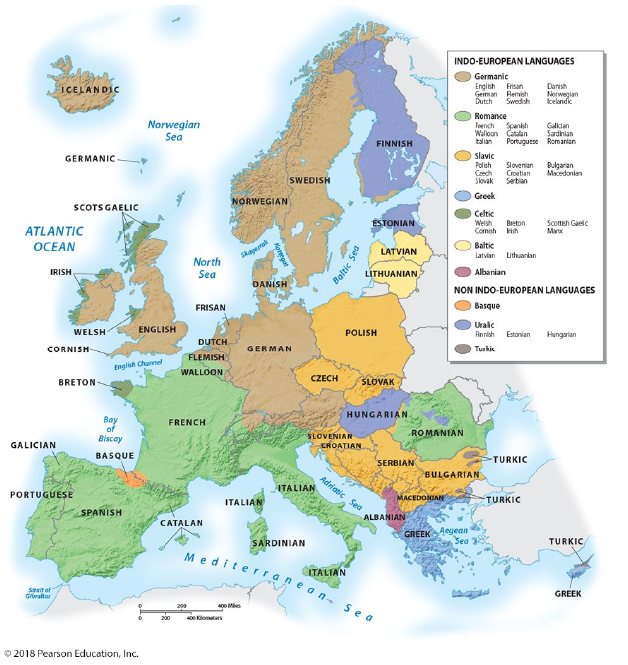Briefly describe why the Sun's influence on Earth's tides is only 46% that of the Moon, even though the Sun is much more massive that the Moon
What will be an ideal response?
Newton's law of universal gravitation, which states that every object in the universe is attracted to every other object, states that the gravitational force is directly proportional to the produce of the masses of two bodies, but inversely proportional to the square of the distance between the two masses. Thus, although the Moon is very small (27 million times smaller in mass) compared to the Sun, it is much closer (390 times closer) and therefore exerts a stronger influence on Earth's tides. The solar bulges are only 46% the size of the lunar bulges, thus the Moon exerts just over two times the gravitational pull of the Sun on Earth's tides.
You might also like to view...
Which of the following languages is NOT a Romance (Latin-based) language?

A) French
B) Romanian
C) Spanish
D) Greek
E) Italian
Surimi is ________.
A. a product processed from crab and shrimp B. shrimp paste made from krill C. a processed fish product D. shark meat that has been specially processed E. None of these is correct; it is a type of tuna eaten raw.
The butyl group is obtained by doing which of the following?
A) removing a hydrogen atom from C-1 of butane B) removing a hydrogen atom from C-2 of butane C) removing a hydrogen atom from C-1 of 2-methylpropane D) removing a hydrogen atom from C-2 of 2-methylpropane
The single most important agent of landscape formation in deserts is ________
A) wind B) geologic uplift C) solution D) creep E) water